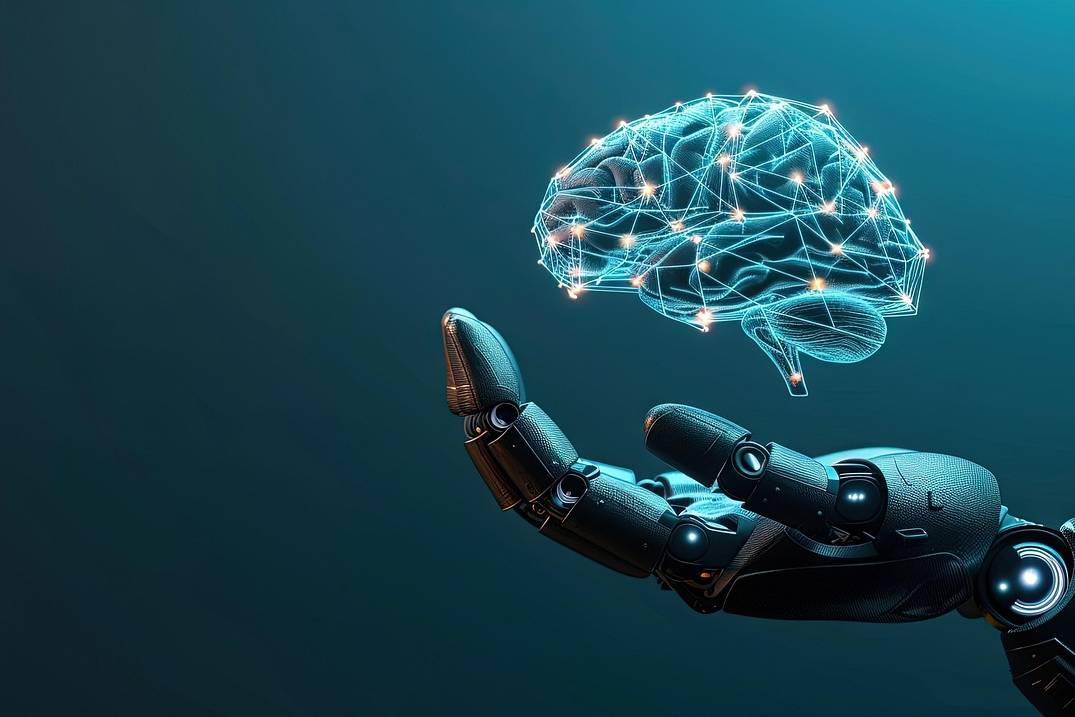Understanding the customer significantly speeds up decision-making on the development of products and services. Ideally, every person in the organization should be able to directly interact with the user, and with a full understanding of the context of the client. However, such contact is rarely possible due to certain reasons. Even technical support and sales specialists communicate only with certain types of customers. That is, each specialist, even in support, has only point situational stories about users and their experiences, but there is no understanding of the landscape in which the story of a particular client unfolds. In startups, such a story sometimes leads to certain excesses, for example, an extreme user suddenly begins to pull resources onto himself, and may even question the value of the work done by the release or even kindle a desire to turn the steering wheel of the strategy in a completely different direction.
User portrait detail levels. The steps of the tutorial cover four levels of detail with user portrait data. In the first 3 steps, we will collect known information about clients from the heads of the teams, then we will go out to the clients ourselves and collect live data from the fields, and at the third level, we will look for behavioural insights in the data. At the same time, we will have to slowly collect information about the industry, trends and competitors in-between steps to clarify the approach to each next step.
Step 1: Review available materials, and sources of information and build a data collection strategy
The project to create a user portrait has a customer – he will become the first source of information.
Before starting a project to assemble user portraits, I recommend that you first collect answers to the following eight questions:
- Who is the customer? Who do we create user profiles for?
- A task. What customer problem needs to be solved? How will it improve his work and life?
- Solution. With using what? (Portrait of the user and something, perhaps more).
- Working capacity. Why and how will this solve the problem?
- Result. In what form does the client expect the result?
- Term. When is the result needed and why?
- Restrictions. What restrictions can affect the work?
- References. Has anyone done something similar? How can we evaluate this?
Step 2: Conduct initial interviews with internal stakeholders
As soon as you catch on to the first sources of information, you will begin to form a project landscape and a draft data collection strategy – the points through which you have to go through to collect everything that is required to assemble a user portrait. You may have several ways to collect data – as we operate in a field of uncertainty.
Step 3. Create a draft user portrait
At this stage, you visually present the materials of internal data collection, this approach helps to direct the research to identify gaps in knowledge about the client. As a result of such work, a whole series of portraits are more likely to appear.
An example of a draft user portrait in UX.
Pay special attention to three components:
- Jobs to be Done (JTBD) are the issues people care about and the needs they are trying to satisfy.
- Pain points. These include barriers, obstacles, and annoying obstacles that people face in trying to achieve the desired result. This should also include negative emotions and risks that consumers may face.
- Winnings. Benefits that the user wants to receive.
Stage result: The stage is ready when you have drafts of user portraits in your hands, which means you are ready to generate requests for getting to know clients according to the parameters that are of interest to you.
Step 4: Do Outer Loop Research: Dissect Ideal Clients and Unusual Clients (Study Anomalies Separately)
The drafts helped me get my bearings in close-ups of the clients, and now it’s time to dive into the details and generate requests to get to know the clients.
Start studying ideal and abnormal clients.
Collect lists of ideal clients. Such clients will be provided by teams of sales, technical support, testing, product development, and user experience research – all departments interacting with the living world.
Abnormal clients are clients who, due to certain needs, could leave a sensory trace (on hearing) with the guys in customer service, you also need them to analyze the reasons. They are not perfect, but they are talked about.
Step 5. Data analysis and additional research
The previous steps were necessary to understand the subject area, the client base and the most significant points that are already on the lips. That is, you used heuristics and expert assessments to identify groups of customers.
Next steps: Exploratory data analysis, clustering, and additional research. They will help to identify hidden and valuable segments for the company. For example, these can be groups of clients who pay consistently and like everything, and therefore they are not talked about much.
Step 6. Present user profiles to the team and collect feedback
At the presentation stage, it is important to identify the purpose of the study, distribute initial user profiles, and final user profiles, and share key details that emerged as a result of analyzing behavioural data.
It is important to understand that in addition to the direct goals of research, there are always secondary ones — that is, as a result of the work on assembling user portraits, resources can be saved for the development of functions/products and at the same time new development opportunities can be opened. And do not forget to note what points should be improved in the product to make the company stronger.




